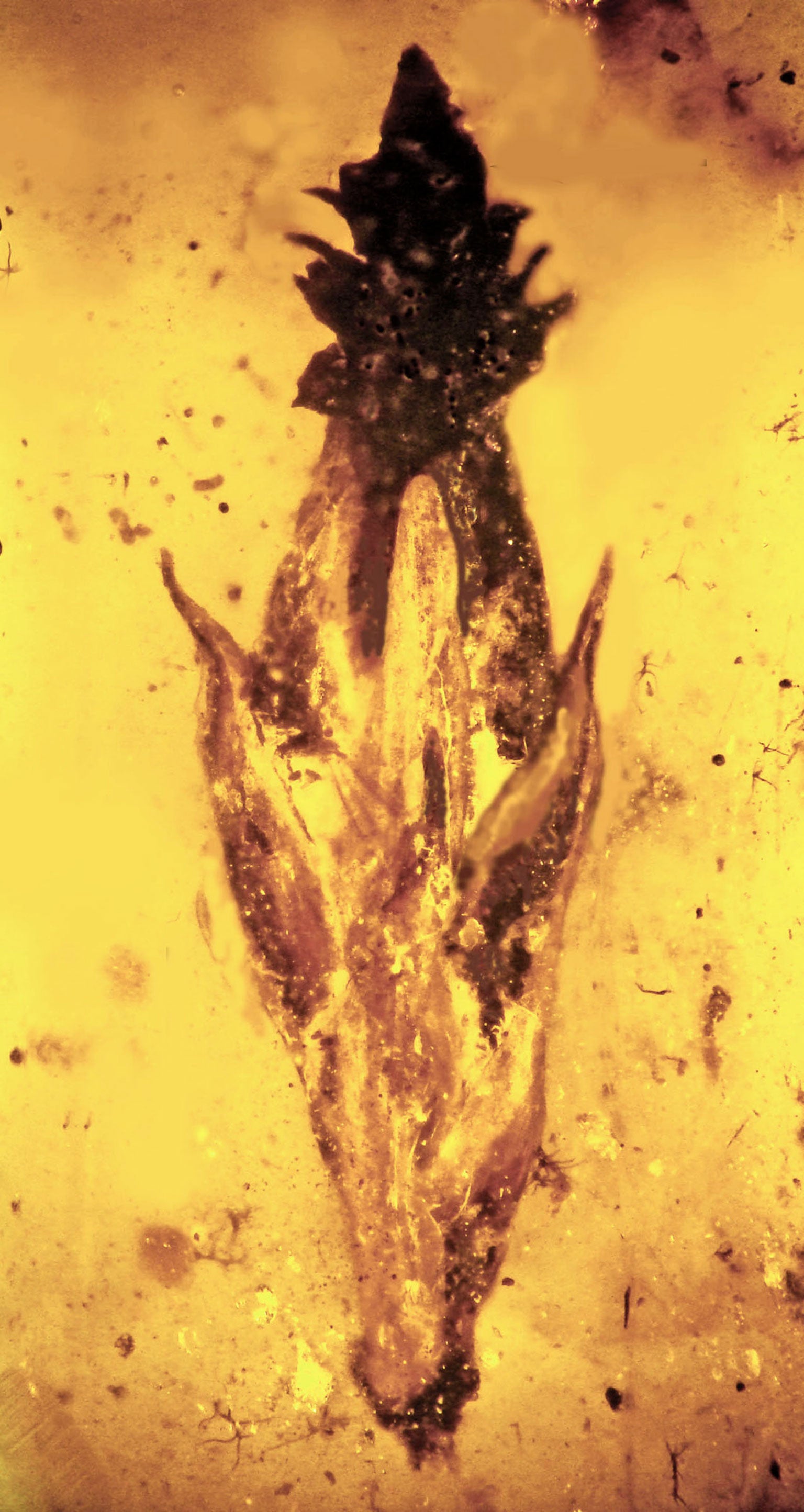Dinosaurs 'got high on psychedelic fungus', fossil discovery reveals
100 million-year-old grass parasite had 'poisonous and mind-altering effects'

The discovery of a 100 million-year-old fossilised fungus which had 'poisonous and mind-altering' effects has revealed the possibility that dinosaurs...got high.
A preserved piece of ergot, a psychedelic fungus which grew on top of a grass spikelet, has been found in a hunk of amber in Burma – and researchers say that it may well have been nibbled by the prehistoric animals.
In the 2015 issue of the scientific journal Palaeodiversity, lead study author George Poinar Jr., a zoology professor at Oregon State University, said that the findings establish "for sure" that grasses like this "were in the Old World 100 million years ago", Live Science reported, rather than evolving after dinosaurs disappeared.
Read more: Did an asteroid really kill the dinosaurs?
Read more: Fossils reveal very awkward dinosaur once roamed the Earth
Read more: Huge crocodile-like reptile roamed the Earth before dinosaurs took over
“It seems like ergot has been involved with animals and humans almost forever, and now we know that this fungus literally dates back to the earliest evolution of grasses,” Mr Poinar Jr said.
“This is an important discovery that helps us understand the timeline of grass development, which now forms the basis of the human food supply in such crops as corn, rice or wheat.
"But it also shows that this parasitic fungus may have been around almost as long as the grasses themselves, as both a toxin and natural hallucinogen.
"There’s no doubt in my mind that it would have been eaten by sauropod dinosaurs, although we can’t know what exact effect it had on them."
Fossil discoveries
Show all 7Ergot is a precursor to LSD – and studies have shown that people who eat grains containing the fungi, such as ergot-contaminated rye, can develop symptoms including mania or psychosis, hallucinations and muscle spasms or convulsions. Ergot constricts blood vessels, and some of its most serious effects include gangrene.
Read more: Save Dippy: Natural History Museum dinosaur loses his spot
Read more: Hallucinogenic health trip: LSD may not be bad for you, says study
Read more: Dr Robin Carhart-Harris is the first scientist in over 40 years to test LSD on humans - and you're next
Ergotism, the experience of crawling sensations in the skin, tingling in the fingers and convulsions, was even implicated in the Salem witch trials in Massachusetts between February 1692 and May 1693. The trials resulted in the executions of twenty people, most of them women.
The researchers say that the amber relic, which is only a half-inch long and was excavated from a mine by German paleontologist Joerg Wunderlich, may prove that the type of grasses which provided a host to the parasitic ergot existed in the older Jurassic Period, 199.6 million to 145.5 million years ago – rather than appearing 30 million years after dinosaurs became extinct, as previously believed.
Subscribe to Independent Premium to bookmark this article
Want to bookmark your favourite articles and stories to read or reference later? Start your Independent Premium subscription today.

Join our commenting forum
Join thought-provoking conversations, follow other Independent readers and see their replies